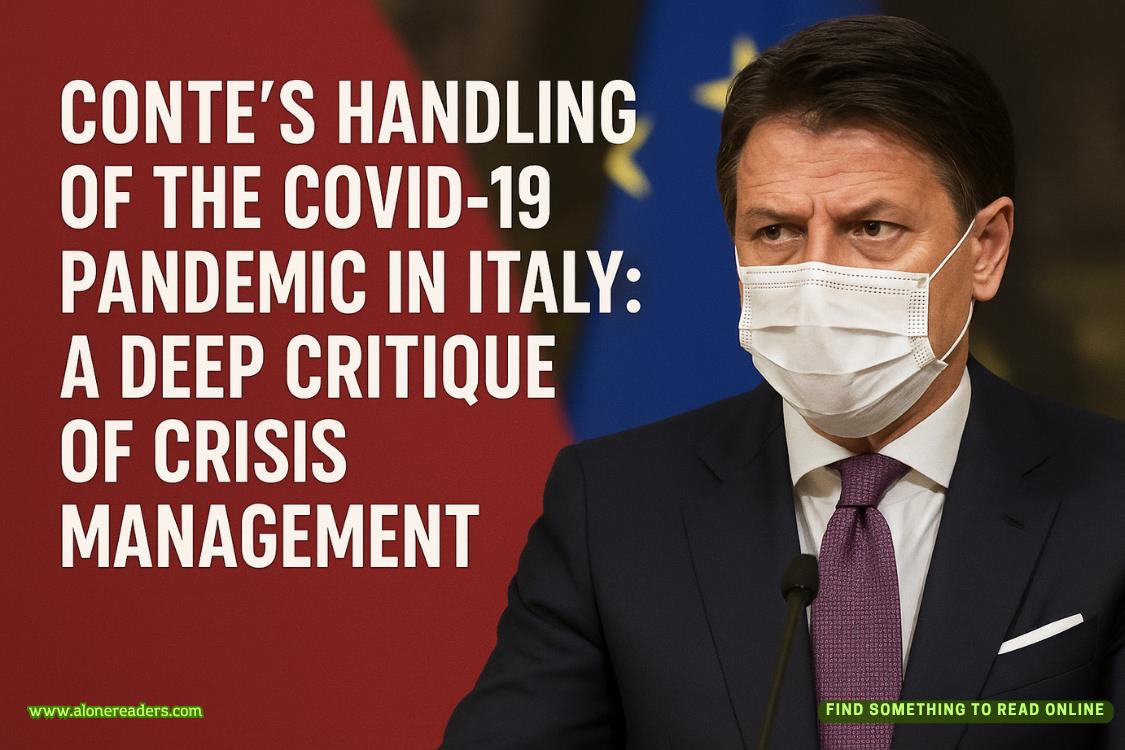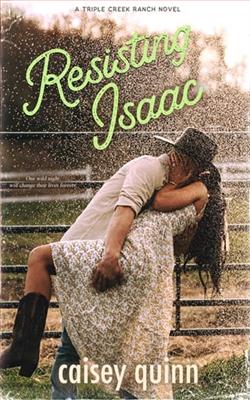Page 10 of Symphony of Salvation
I cleared my throat again, ejecting the unsuitable musings and motioning to the piano. “Do you mind…”
Mr. Edwidge hesitated, and although he stepped aside and waved for me to take a seat, I sensed that allowing me the honor was the last thing he wanted to do. “Please.”
I sat, gathered the spread of sheet music into a pile, and handed it to the perplexed and annoyed-looking music teacher. “Follow along. I’ll offer some tips for that tricky transition and give you feedback about your attempt.”
I closed my eyes and felt every note of the sonata resonate in my bones as it came back to me. It had been years, but my music recall was far superior to the average person’s. If I played a piece once, it lived in my heart eternally.
I moved flawlessly through the first movement, “Ondine,” and transitioned to the second before eyeing Mr. Edwidge. He hugged the stack of pages to his chest, his face as impassive and unreadable as my teenage daughter’s.
“You’re not following along.”
He stared, unmoving.
“Ravel is especially talented when it comes to creating texture and innovative harmonies. This piece is profoundly technical and demands much from the pianist, so don’t be discouraged. In ‘Le Gibet,’ the second movement, the hardest part is when the notes are split.” I played through them effortlessly. “Themelody is in the left hand. You want to be sure the bell comes through. Don’t let it get lost underneath. Hear how I ensure its prominence? It’s structurally important and should be emphasized. You can’t beat at it with no heart.”
I played a few more measures. “Don’t rush. Your pacing was all over the place. It’s a common mistake. You can use a slower tempo. You’ll have more control, and it’s powerful that way, don’t you think?”
Mr. Edwidge didn’t respond.
Again, I let the music flow, let it speak what I couldn’t articulate.Gaspard de la Nuitwas a twenty-two-minute sonata that couldn’t be hurried. Each movement required tender, loving care. I wanted to consume every note. Drink of their essence. Live, breathe, and love the composition as it was intended.
The third movement approached. The section where Mr. Edwidge had initially stumbled.
“Ah, here we go. The lovely ‘Scarbo.’ It’s wonderfully nightmarish, don’t you think? A tricky transition. A lot of people struggle to manage it. Here. Listen. I suggest training yourself to use one finger when the tempo takes on this rhythm. It requires building tension in your forearm. I saw you using two. Not ideal. Some people use three, but it shows. It reflects in the smoothness of the piece, making the pianissimo hard to maintain. But if you can find the control with a single digit, you’ll get the effect you’re looking for. Do you hear it?”
I stayed with that section of the movement longer, repeating a few bars to demonstrate. “Listen to how quietly I can play. Like a tremor. It hits a nerve. The adjustment from two fingers to one can change the mood entirely. This effect simply cannot be simulated any other way. Practice, Mr. Edwidge. It all comes down to practice.”
I played past that point, moving toward another section I wanted to address. “I recommend taking more bass with thewhole of ‘Scarbo.’ It does well with that added emphasis. And watch your timing. Again, you were rushing. It’s funny. Everyone I’ve heard play this piece tends to fluctuate their tempo to suit themselves. They race through it, thinking speed is required when it isn’t. The problem with going too fast is you can’t maintain the same tempo in other sequences. You’re constantly adjusting, so the smooth effect is lost, and it becomes stilted and choppy. One pace. Slow and measured. Beginning to end. Let the dynamics speak for themselves.”
I concluded the sonata with the dramatics it demanded and spun to face Mr. Edwidge, whose lips were pressed together in a firm line as he continued to hug the stack of sheet music. In the whole twenty minutes, he hadn’t moved.
The pale skin at his exposed throat stretched long with his raised chin, unwittingly drawing my focus again.
Warmth suffused the inner lining of my belly, and I subconsciously touched the strangling knot of my necktie before recalling my daughter’s reprimand and dropping the hand to my lap. “I hope that helps.”
Mr. Edwidge ran his tongue along the inside of his upper teeth before plastering on a less-than-genuine smile. “I’ll keep your suggestions in mind, Maestro.” His tone suggested otherwise.
Nonetheless, I nodded, appeased. I’d trained plenty of stubborn pupils over the years who needed time for their bruised egos to mend before they understood the value of a lesson.
Silence prevailed. Short of staring at the man, I admired the Steinway instead, noting its flaws. Chipped ivories. Blemished wood. Scratches and ink stains. Its condition bruised my soul. I tinkled a few keys.
“The piano is slightly out of tune. I would suggest—”
“It’s not.”
I turned at the snappy tone. “But I assure you, it is. I have an ear for these things, and—”
“As do I, and I’m telling you, the tuning is fine.”
I thought it best not to argue or debate the acuity of pitch with a high school music teacher, so I acquiesced. Again. I wasn’t sure what I’d expected from our first meeting, but it wasn’t this… tension.
Not only was my presence clearly unwelcomed, but I was inordinately distracted by the man’s hippiesque hairstyle, unshaven jaw, and sunset eyes—never mind the eloquent stretch of his long neck and those pronounced collarbones that vanished mysteriously under his shirt. I wished he would find a tie and button up so my mind would quit wandering into the gutter.
It had been many years since I’d had to fight the impulsive need tolookat a man.
Mr. Edwidge cleared his throat and erased some of the friction from the room. “I suppose we should… discuss your role in the classroom, figure out what you plan to teach over the coming weeks, and—”
“Months.”















